Lindsey Nicholson | Universal Images Group | Getty Images
As U.S. President Donald Trump imposes duties on friends and foes alike, manufacturers are increasingly rethinking the classification of their products and resorting to “tariff engineering” to incur lower duties, several customs lawyers, supply chain and shipping experts told CNBC.
Tariff engineering — a practice that precedes Trump — involves changing an item’s materials, altering its dimensions or compositions so that the finished products can be justified to fit in a different “harmonized system code,” legal experts said.
Although most new tariffs added during Trump’s second term are broad-based, the U.S. government has carved out exemptions for certain products, leaving doors open for companies to benefit through tariff engineering, trade lawyers pointed out.
After Trump unveiled sweeping “reciprocal” tariffs in April, several overseas manufacturers moved to bundle steel and aluminum elements into their final products to qualify a lower 25% duty under Section 232, said David Forgue, a partner at Chicago law firm Barnes, Richardson & Colburn.
Things, however, changed quickly in June as Trump jacked up tariffs on all steel, aluminum products and derivatives to 50%, except those from the U.K. “Now that the duties are reversed, we’re now seeing companies remove those elements and ship them separately again,” Forgue said.
Tariff engineering is one of the few things you can do to try to get it right and reduce your duty liability.
John Foote
Customs lawyer, Kelley Drye & Warren
There is “nothing inherently illegal or even untoward about leveraging strategic design choices that result in creating different products that are subject to different tariff classification and duty rates,” said John Foote, a customs lawyer at Kelley Drye & Warren in Washington D.C. “Tariff engineering is one of the few things you can do to try to get it right and reduce your duty liability.”
There are over 5,000 different product classification codes that U.S. customs authority uses while assessing tariffs. These tariff classifications were determined through decades of negotiations between governments and industry bodies, often varying by product category.
Winnebago Industries, an American manufacturer of motorhomes, or recreational vehicle, said in its quarterly earnings call in March that it planned to “work with outside experts to develop and implement effective [tariff] mitigation strategies, including tariff engineering and deferrals.”
A Winnebago Industries Inc. travel trailer stands at Motor Sportsland RV dealership in Salt Lake City, Utah, U.S., on Monday, April 6, 2020.
George Frey | Bloomberg | Getty Images
Aneel Salman, chair of economic security at Islamabad Policy Research Institute, described the act as “clever art of outsmarting customs,” as importers and manufacturers tweak products “just enough” to qualify for lower duties.
Smart plays
“I was talking to somebody recently and they were showing me their lapel pin,” said Kelley Drye & Warren’s Foote. The pin, tacked onto the person’s suit, featured a “festive design” with pieces of cubic zirconia at the back, Foote said.
The inclusion of cubic zirconia helped the company that manufactures those pins avert a 14% tariff, as the item no longer fell under festive article category but got classified as jewelry, Foote subsequently learnt.
“The value attributable to the cubic zirconia was significant enough [and] it was a relatively easy manufacturing change,” Foote said.
The practice of tariff engineering can be traced back to 1882, when an importer coated sugar with molasses to avoid higher duties imposed on lighter-colored sugar. In a landmark ruling, the Supreme Court ruled the act perfectly legal: “so long as the goods are truly invoiced and freely and honestly exposed to the officers of customs for their examination, no fraud is committed.”
Since then, companies, big and small, have continued to play chess with the U.S. tariff classification system, with several household names successfully implementing strategic product tweaks to save on tariff costs.
For instance, Columbia Sportswear has never been shy about its use of tariff engineering. “I have a whole team of people that work together with designers and developers and merchandisers and with customs, and to ensure that during the design process that we’re considering the impact of tariffs,” Jeff Tooze, the company’s vice president of global customs and trade, told Marketplace during Trump’s first term.
Among its alterations, the company added small zippered pockets below the waist on women’s shirts, allowing them to be exempted from higher duties under the U.S. customs rules.
Similarly, footwear maker Converse adds fuzzy-felt fabric to the soles of its signature All Stars sneakers, rather than the typical full-rubber one, to be categorized as slippers rather than athletic shoes, helping it cut tariff drastically.
Snuggies, the fluffy blanket with sleeves imported mainly from China, nearly halved its tariff costs by winning a lawsuit in 2017 classifying it as a blanket, not an item of clothing.
CENTRAL VALLEY, NY – NOVEMBER 17: A Columbia Sportswear Company sign hangs in front of their store at the Woodbury Common Premium Outlets shopping mall on November 17, 2019 in Central Valley, New York.
Gary Hershorn | Corbis News | Getty Images
Fast-moving consumer good and garments, apparel and footwear sectors can find it relatively easy to implement tariff engineering, said Andrew Wilson, supply chain strategist at consultancy Supplino Inc.
For more sophisticated and “heavily-regulated” sectors such as automotive, aerospace, electronics and medical devices, “it’s especially challenging … because even minor changes may require extensive validation and approval,” Wilson said.
“You might be looking at another 12 to 24 months of testing, certification and validation in order to get that done,” Wilson added, as it requires extensive collaboration across departments including design, engineering and legal team.
Rules of interpretation
Companies have to tread a fine between between redesigning their products and fraudulently misrepresenting product classifications.
A case in point illustrating the challenges with tariff engineering is Ford Motor. The automaker had for years imported its Transit Connect van as a passenger van, then removed the second row seats to sell them as cargo vans. In doing so, Ford circumvented a hefty 25% tariff and only paid a 2.5% import duty.
The U.S. Justice Department said in its ruling last year that Ford was “misclassifying cargo vans” and that the back-row seats “were never intended to be, and never were, used to carry passengers.”

“The article must be a ‘commercial reality’ at importation. The risk is that customs [may] find the changes to be “fraud or artifice,” [that case] the tariff engineering may be rejected,” said Forgue.
“In some cases changing certain things about a product doesn’t change the essential character of what the good is,” said Derek Scarbrough, founder of Global Logistical Connections. “If you add something to a shopping cart, it’s still a shopping cart,” he added.
U.S. Customs and Border Control has developed a so-called “binding ruling” system where companies can obtain official determinations on product classifications and HTS code before importing.
Adam Lees, an attorney at law firm Harris Sliwoski, who has helped clients prepare such ruling letter requests, described it as “a way for companies to get CBP’s official blessing” before shipment.
For businesses, even “small percentage savings can be meaningful,” Lees stated, as volumes shipped could be substantial.


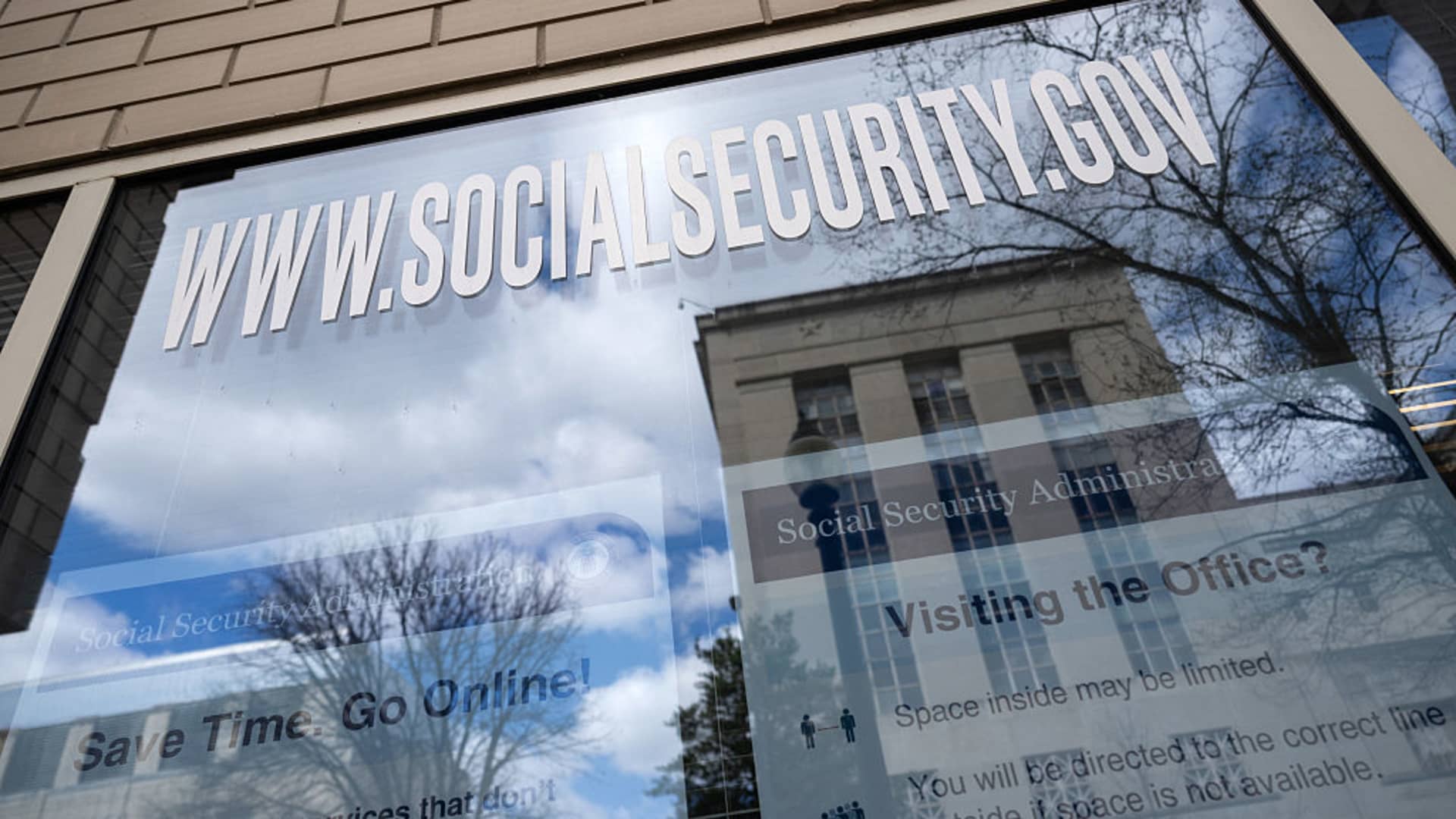
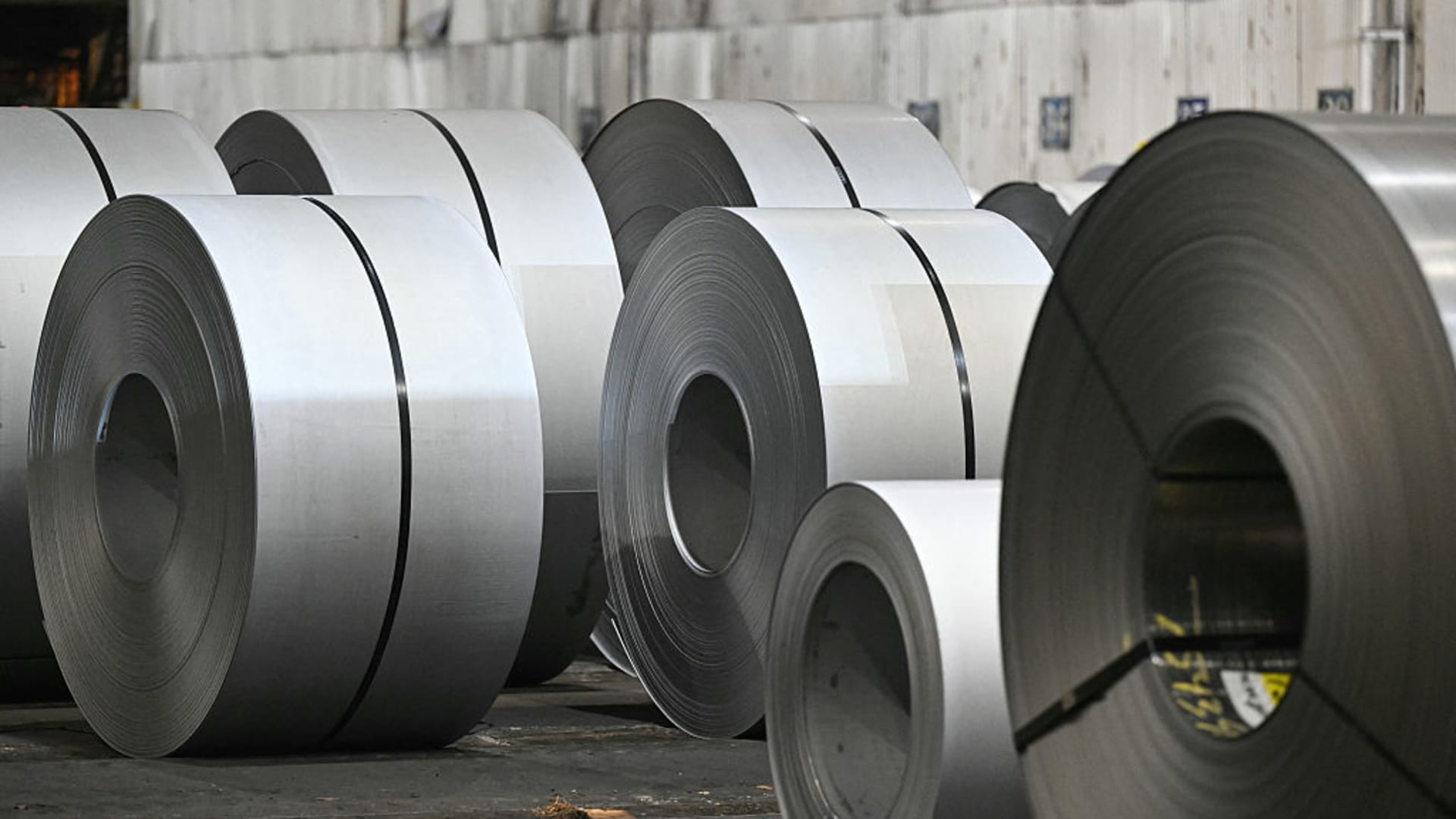
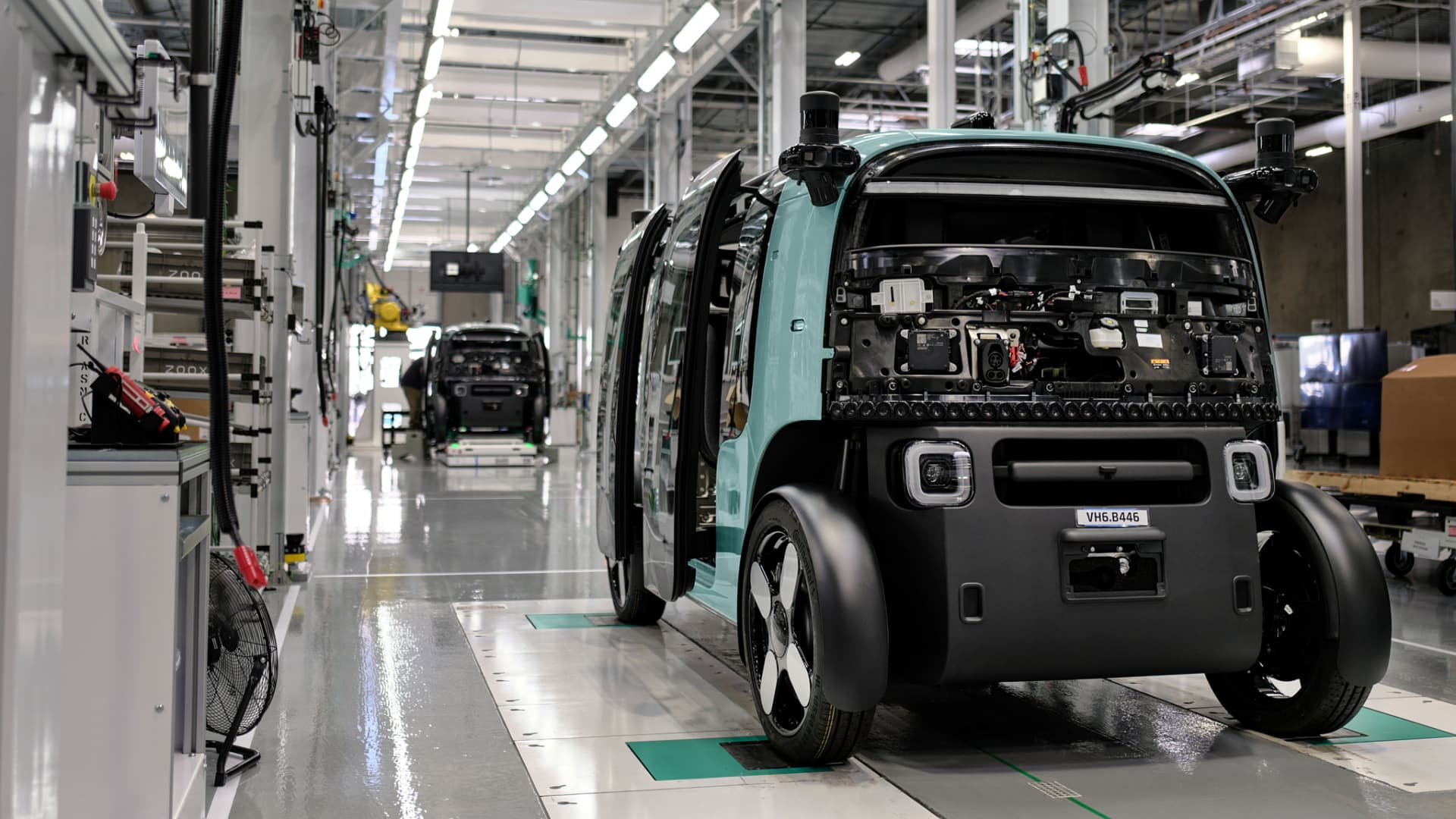
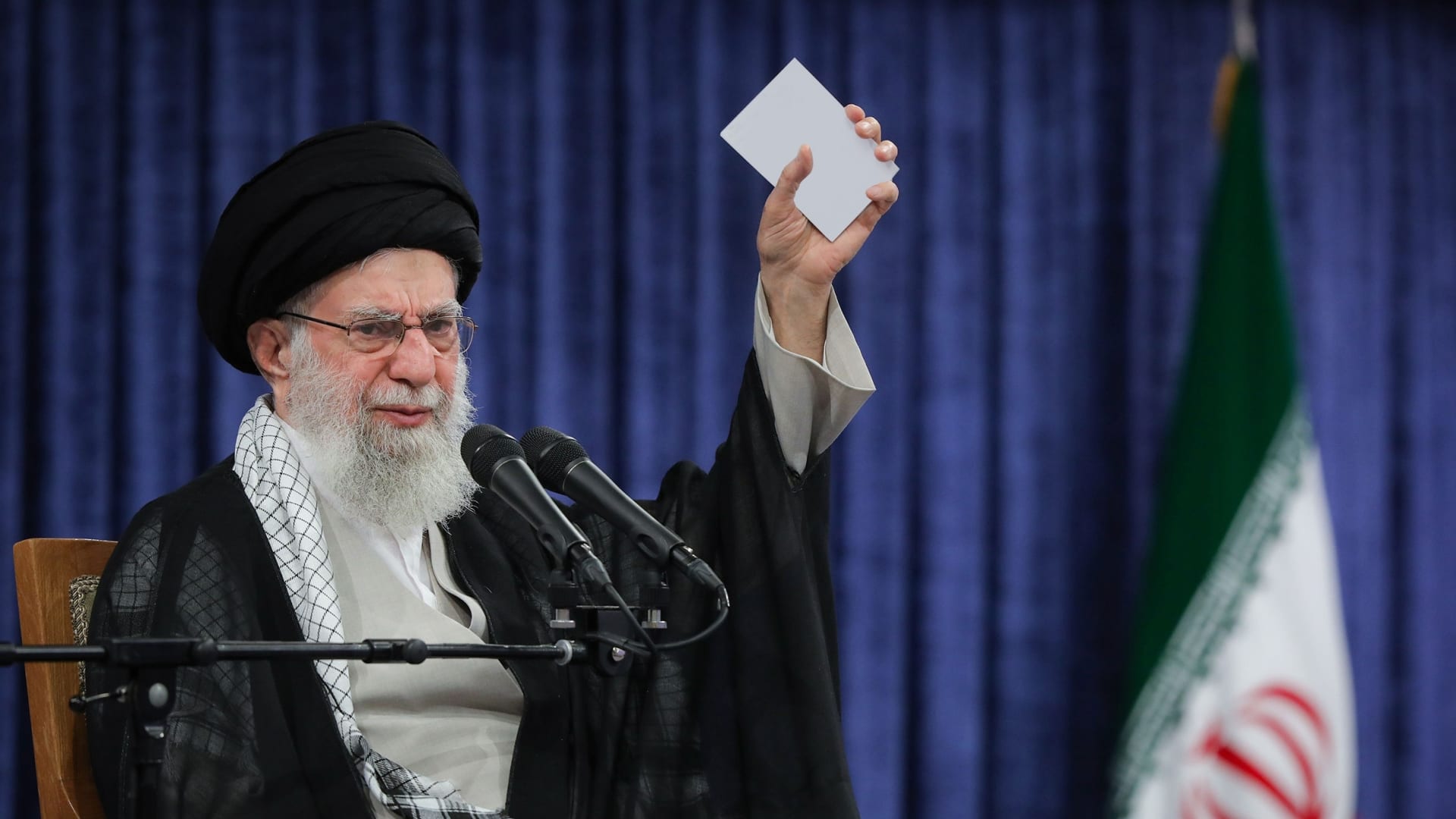
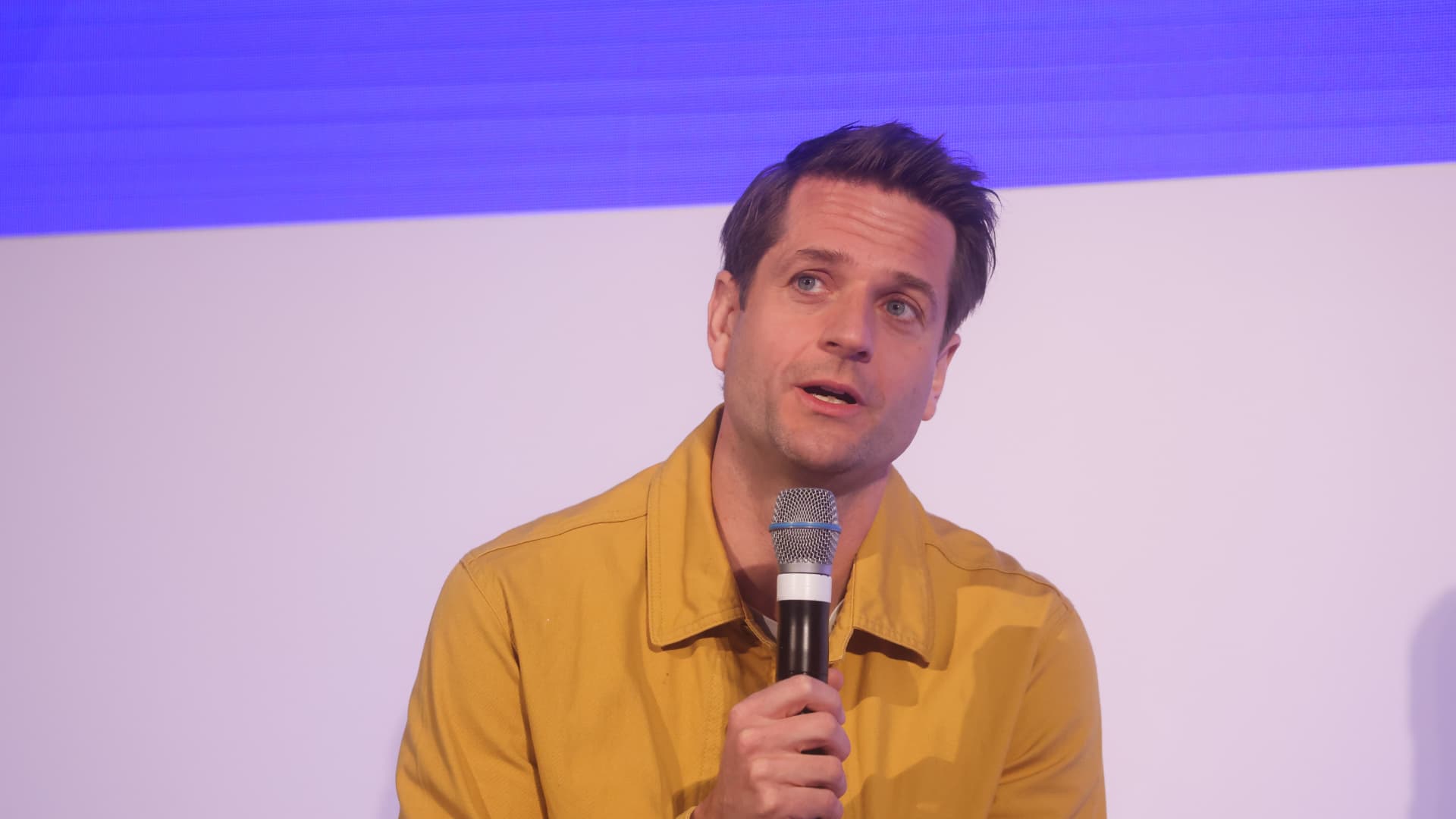

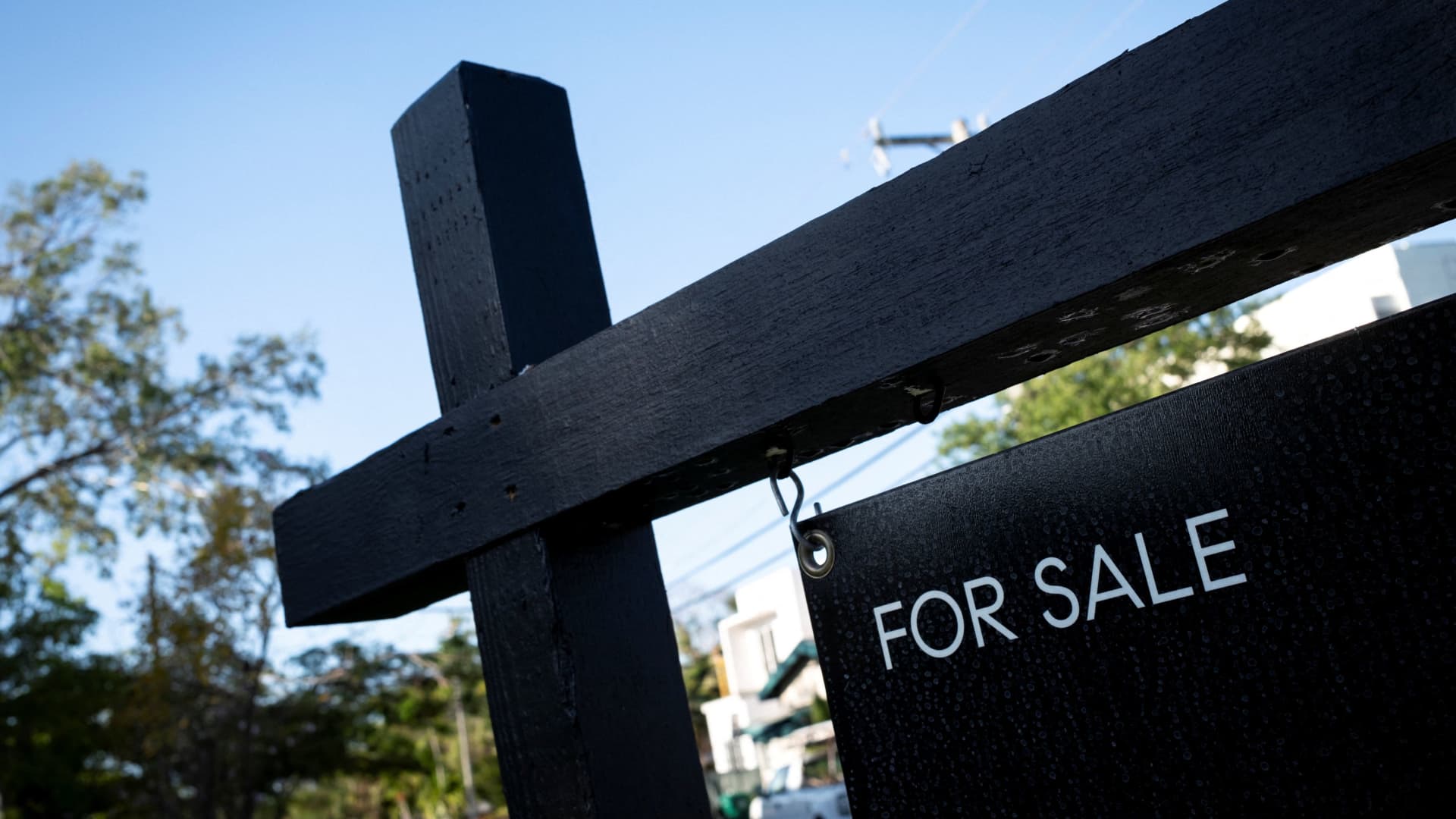




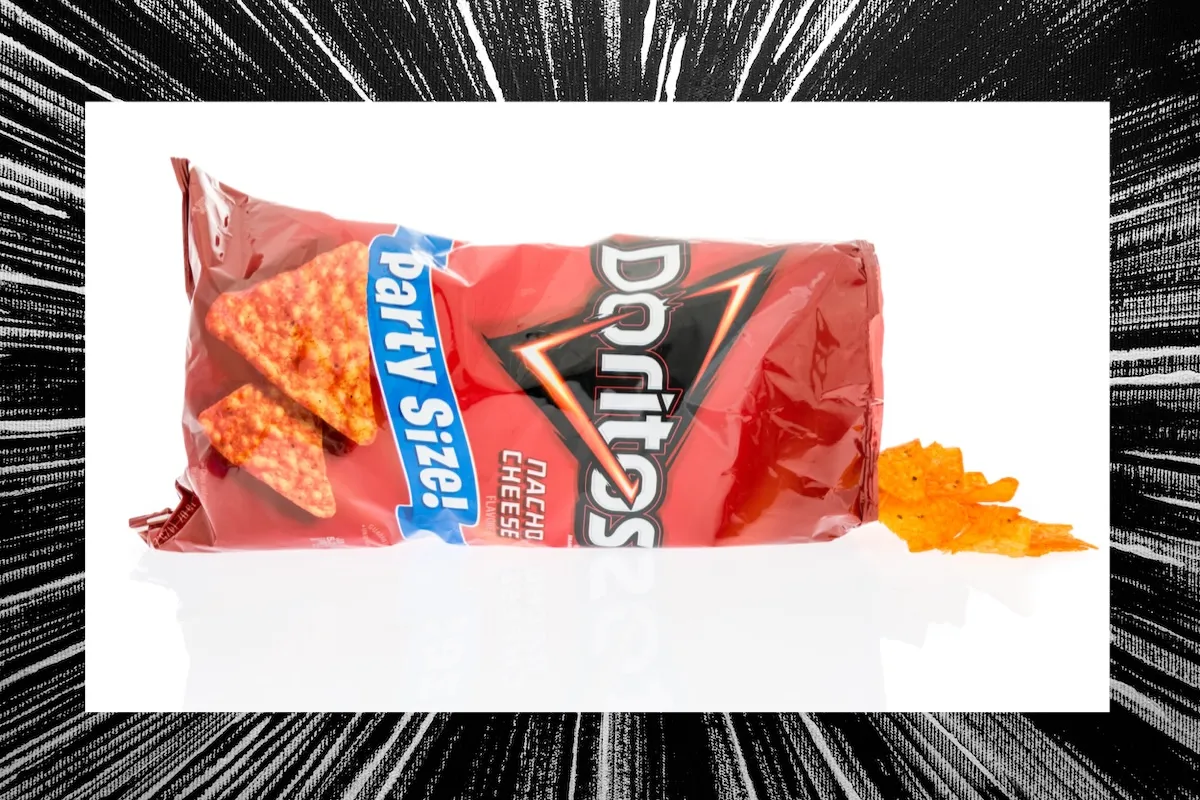


Leave a Reply